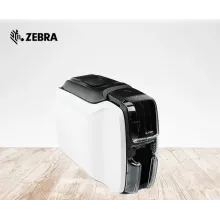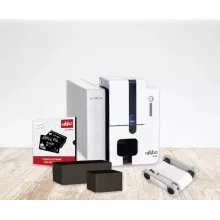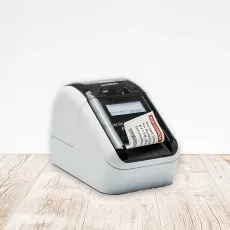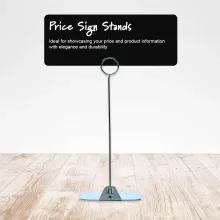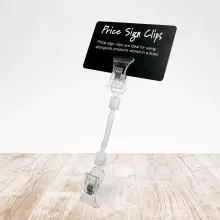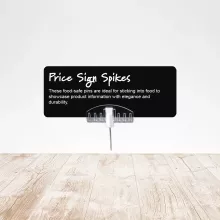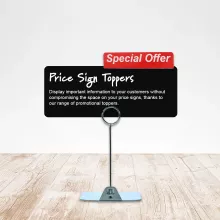
Making an excellent first impression is a key factor to customer satisfaction. To ensure your price signs achieve this, we have provided you with a guide to the fundamentals needed to create professional price signs, which any beginner can follow.
What Do You Put On Price Signs?
Branding:
It’s a great idea to print your logo on your product price signs to strengthen your brand and leave a good impression on your consumers. You should also consider applying bold and clear personalised illustrations and fonts to help inform your customers what you’re selling while reinforcing your brand.
Price:
What would a price sign be without a price?
Make sure you add relevant currency symbols and prices to your printed price signs. Use a consistent font for all the signs to convey a professional image across your displays. For cases where your product’s overall price relies on its exact mass, it’s ideal to apply the relevant measurement next to its price i.e. per kilogram, per gram.
Overview of ingredients:
Applying an overview of your ingredients to your store’s price signs immediately informs your consumers of what contents are inside your products.
If you decide to have double-sided price sign cards, it’s useful to apply a nutritional facts table to your card to provide extra product information to your consumers.
Allergies:
By following the guidelines of Natasha’s Law, you should apply any of the 14 main food allergens that are in your products to your price sign displays. This is an effective way to easily inform your customers of these ingredients. You can either display the food allergens on your price card by using names, symbols or both.
Find more information here to make sure you’re following Natasha’s law.
Additional Information:
You can further inform your customers about your products by adding text or symbols indicating how your products are prepared and their origin. Applying these extra details to your shop’s price sign displays helps differentiate similar-looking products and makes them more appealing to your customers.
Consumers are naturally drawn to bargain prices and promotions. Adding special offers in bold text to your price cards will effectively attract customers to your promotional items. Discover our range of promotional toppers to help transform your business’s price signs.
Should You Have Double-Sided or Single Sided Price Signs?
Single-sided Price Signs:
For most cases, printing single-sided price signs for retail would be ideal due to its lower costs as opposed to double-sided printing. They are also faster and easier to produce, which is perfect for stores that need to print a large number of price signs for their product displays.
This option is also ideal if your customers can only view your product display from limited angles.
Double-Sided Price Signs:
Double-sided printing provides you with more space for you to add product information such as nutritional and allergen information. They enable you to position the price card so that only your employees can view one side of the price sign display card.
This style is also well-suited for products that are displayed in the centre of your store so your shoppers can view the information on your price signs from most angles.
Are Your Price Signs Readable?
Font & Colour:
The best font for price signs is one that is large, simple, and clear. This concept should be applied to all aspects of your price card’s design.
This can be done by designing your printable price signs using bold colours that contrast each other, like black and white.
Price Signs for Butchers:
A suitable price card template for retailers that mainly sell poultry and meats are chalkboard effect price signs as they are a hygienic method of having traditional price signs near your butchery’s produce. Why not add a chalkboard font to our slate effect cards to make your price signs stylish and simple to understand?
